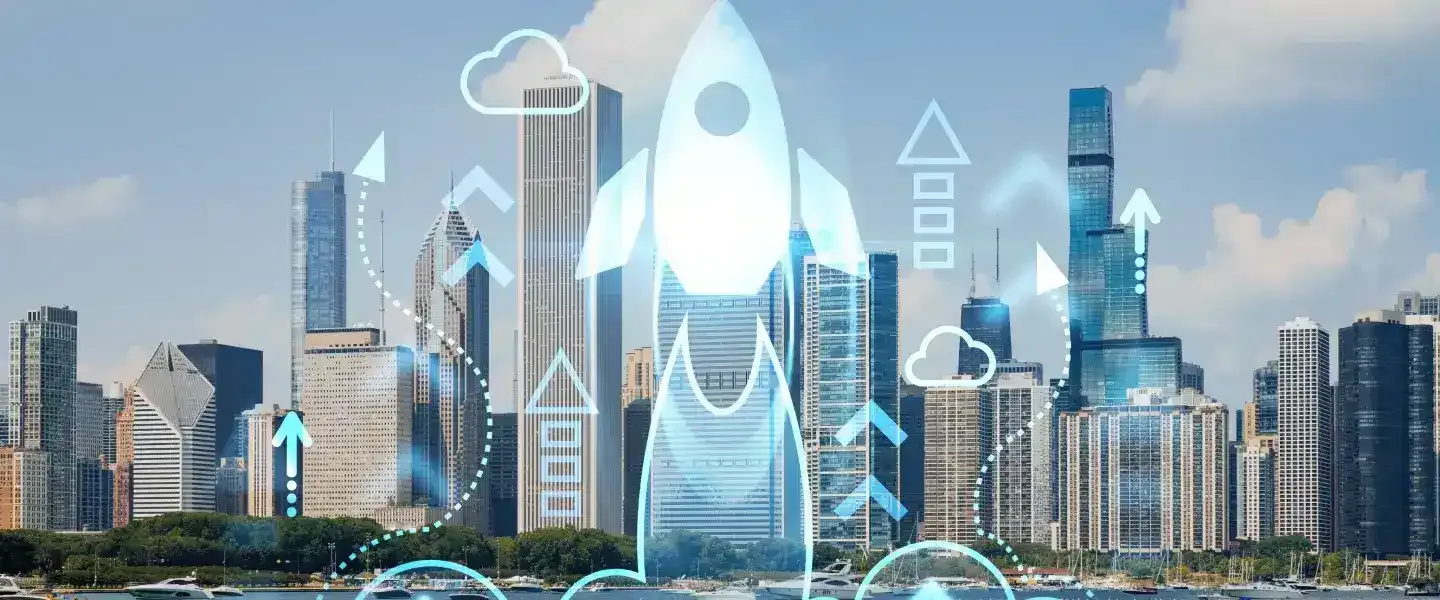The United Nations (UN) defines a roadmap for Digital Public Goods (DPGs) as open-source software, open data, open AI models, open standards, and open content. DPGs adhere to privacy and other applicable international and domestic laws and best practices to ensure responsible use. Due to their adaptability and reusability, DPGs are essential for building public digital infrastructure in crucial socio-economic sectors. The common rails of innovation drive economic growth and facilitate the transition to digital governance, reducing costs and vendor lock-in for developing countries.
What Are Digital Public Goods?
DPGs are open-source software that any government or others can utilize, customize, and adapt for their digital public infrastructure. They may be adapted to improve the delivery of services throughout the public sector, including health, education, social services, and payments.
Digital public goods provide significant economic and societal opportunities. However, maximizing this potential will require coordination among governments, the private sector, and larger communities. This necessitates the involvement of system integrators and organizations that implement and manage IT systems.
What is Digital Public Goods Alliance Strategy?
At the core of the global digital environment, the Digital Public Goods Alliance (DPGA) supports collaboration, innovation, and equitable access to digital resources. The DPGA represents a collaborative effort involving multiple stakeholders to expedite the achievement of sustainable development goals in low- and middle-income countries. Its objective is to facilitate the discovery, development, usage, and investment in digital public goods.
DPGA is endorsed by the UN and aims to enable the discovery and implementation of open-source technologies. It creates a global ecosystem for digital public goods to meet sustainable development objectives.
Why is the Digital Public Goods Alliance Needed?
The digital public goods alliance strategy can significantly improve welfare and streamline operations while deteriorating global disparities. The COVID-19 crisis has showcased how technology can cause and prevent inequalities in vital areas such as healthcare, social protection, and emergency response. The demand for quality DPGs that are accessible, openly licensed, adaptable, and swiftly deployable is greater than ever.
All countries, particularly those in low—and middle-income countries (LMICs), increasingly rely on digital technologies to achieve sustainable development goals by 2030. LMICs prioritize digitization to improve public service delivery and foster private-sector innovation. However, many governments lack the financial and human resources to develop, discover, or procure the solutions that best address their country's needs, so they are often left dependent on inappropriate solutions with political and commercial constraints, even when a better open source solution exists.
What is the Digital Public Goods Alliance Strategy 2021–2026?
The five-year goals of the Digital Public Goods Alliance are:
- Ensure that digital public goods that address essential development needs and pressing global concerns are discoverable, managed sustainably, and accessible to government institutions and appropriate implementing organizations.
- Improve the knowledge, ability, and incentives of UN institutions, multilateral development banks, and other organizations responsible for deploying digital technologies in countries, efficiently promoting and supporting the adoption of digital public goods.
- Provide government institutions with the knowledge, motivation, and capacity to execute DPGs that address essential development requirements, supporting the successful design, implementation, maintenance, and evolution of digital public infrastructures.
- Encourage thriving business ecosystems in countries by encouraging the establishment, management, implementation, and development of DPGs at the local level.
How the Digital Public Goods Alliance is Organized?
DPGA is a multi-stakeholder community of governments, multilateral organizations, philanthropic and bilateral donor organizations, commercial corporations, non-governmental organizations, and research institutions collaborating to develop digital public goods.
- The DPGA stakeholder community consists of co-founders and other stakeholders who contribute to the DPGA's vision and strategic objectives in their areas of strength by the DPG Standard and definition. The DPGA's future is intended to include the development of a formal public goods membership mechanism.
- The DPGA Secretariat identifies, motivates, and coordinates the DPGA community to improve the impact of the DPGA's strategy. The Secretariat is in charge of developing and maintaining the DPG ecosystem's basic components, including joint advocacy, the DPG Standard and Registry, and Communities of Practice. It also leads advocacy initiatives such as endorsing DPGs, mobilizing and coordinating funds for existing mechanisms, and developing new finance mechanisms to address gaps in the DPG ecosystem.
- The DPGA is governed by an Interim Strategy Group (ISG) comprised of Alliance co-founders (iSPIRT, Norway, Sierra Leone, and UNICEF). The ISG examines and approves strategic choices for the DPGA. UNICEF and Norad (Norwegian Agency for Development Cooperation) will jointly host a neutral DPGA Secretariat until a long-term governance structure is developed.
How the Digital Public Goods Alliance Works?
There are three primary categories of DPGA activities:
- The Secretariat provides fundamental, centralized tasks for the DPGA stakeholder community, including standard management and nominee evaluation, DPG Registry maintenance, DPG Standard development, and DPGA communication.
- The Secretariat organizes functions conducted by various partners, such as gathering and sharing insights from country pathfinding pilots and organizing Communities of Practice.
- The Secretariat collaborates with stakeholders to discover, track, and promote additional aligned initiatives that contribute to the DPGA strategic goals but are not coordinated by the Secretariat.
Conclusion
Digital public goods can expedite digital transformation while providing social and economic value. However, maximizing the opportunity requires the collaboration of governments, the private sector, and communities. It's time to grasp the moment. DPGs are increasingly viewed as enablers for countries seeking to create secure, trustworthy, and inclusive digital public infrastructure and achieve the UN's Sustainable Development Goals.
As global digital interaction increases and more countries strive to build digital public infrastructure, there is an excellent chance to manage investments, share technology and implementation experiences, and learn from leading countries that have previously championed using DPGs.
